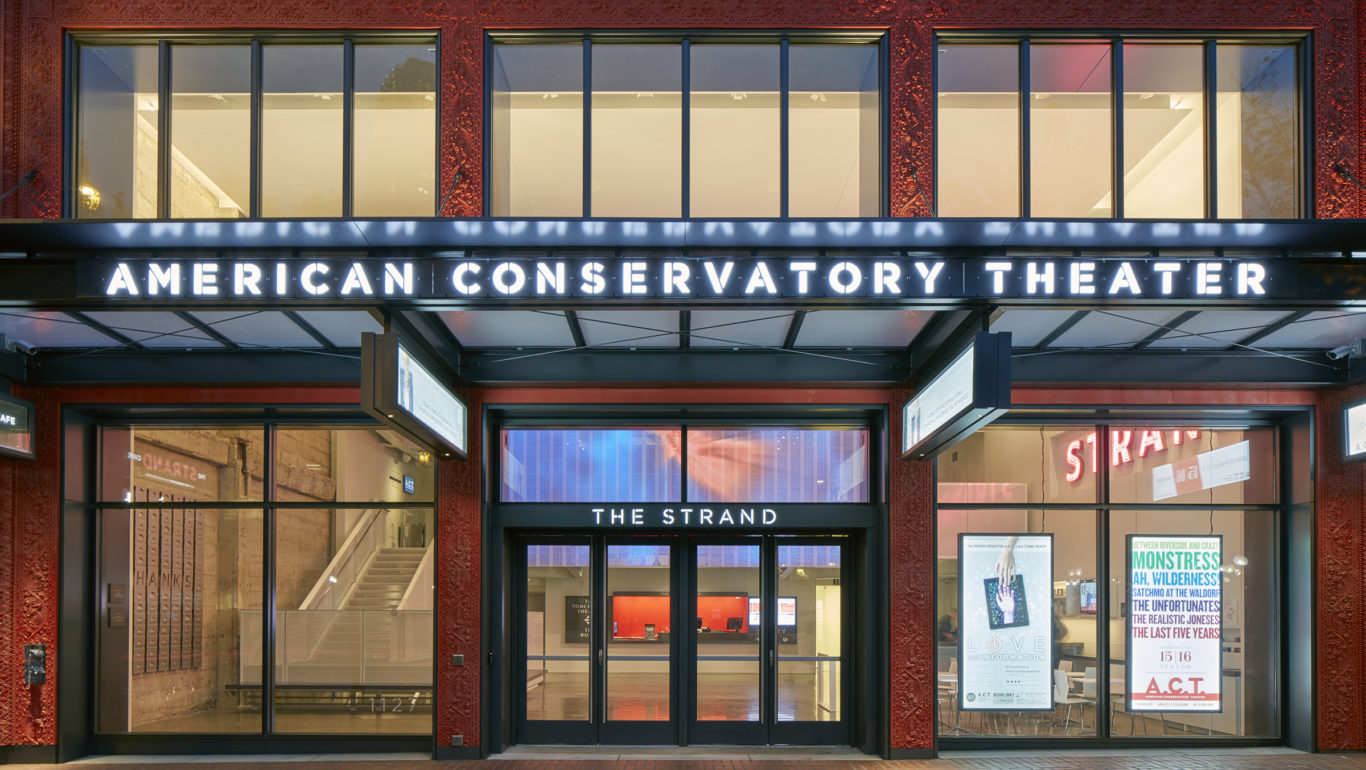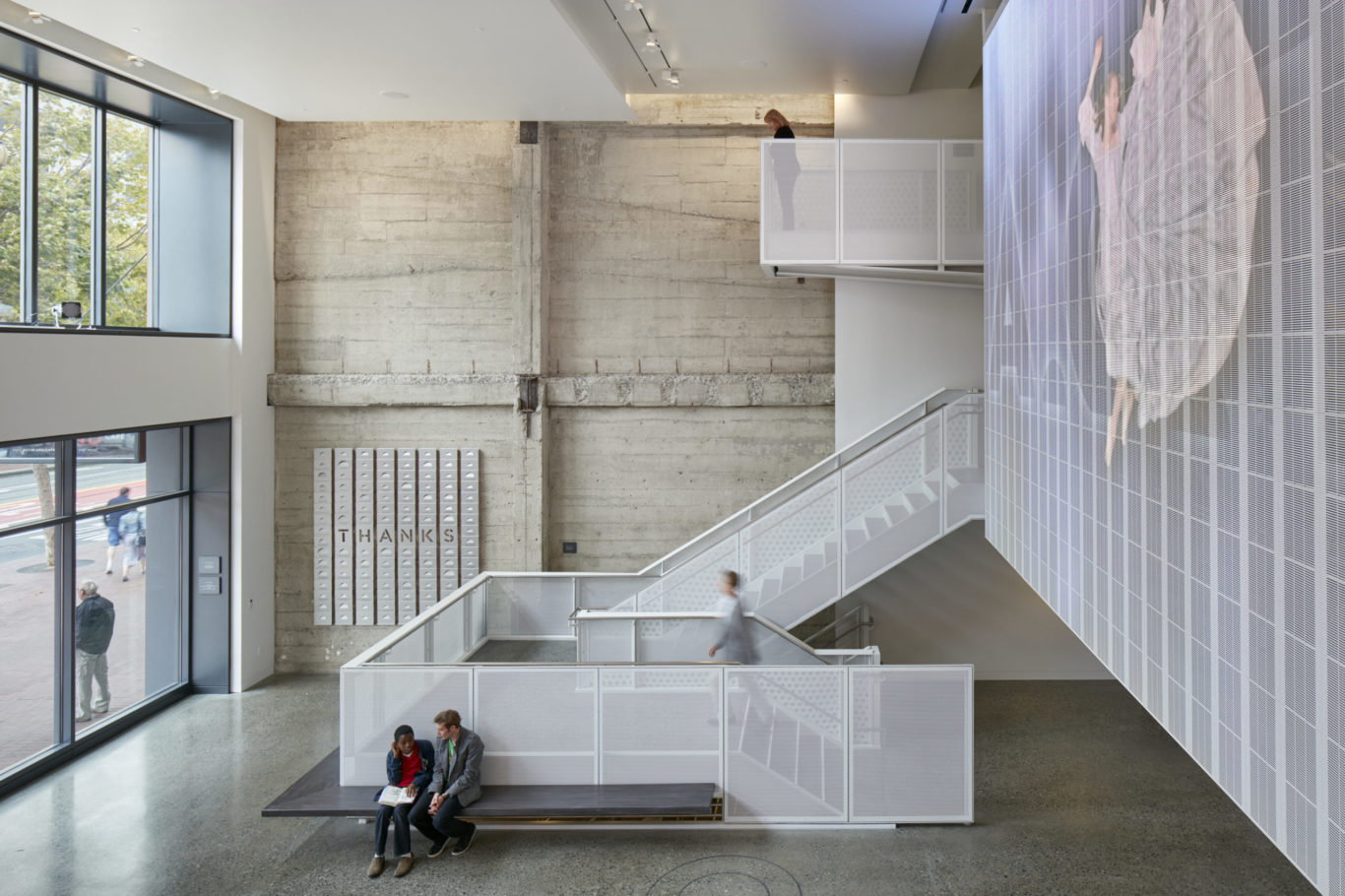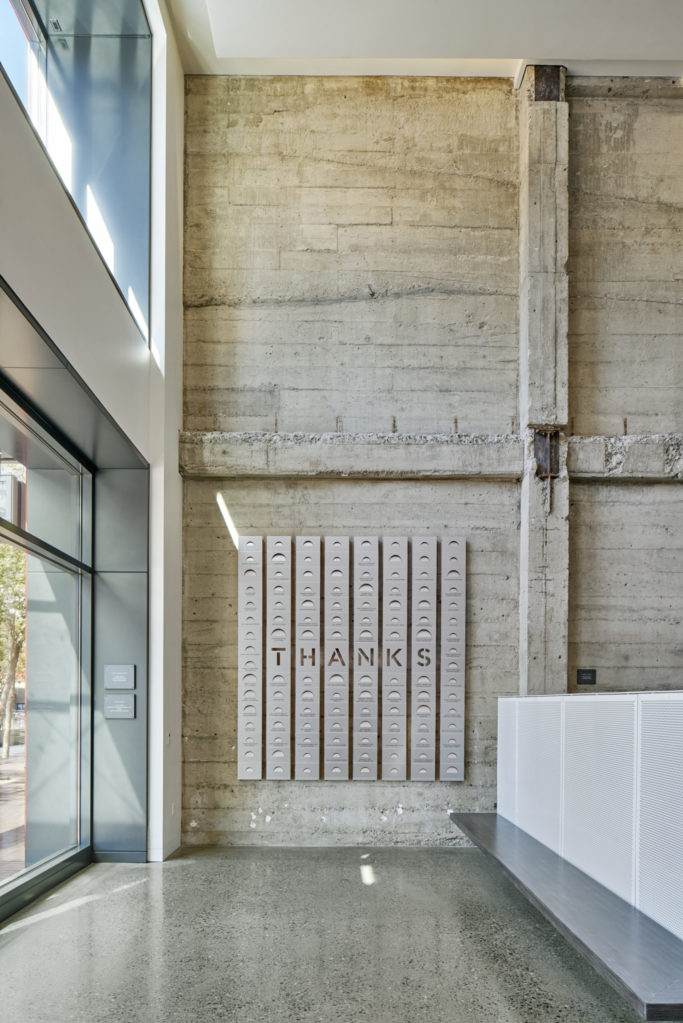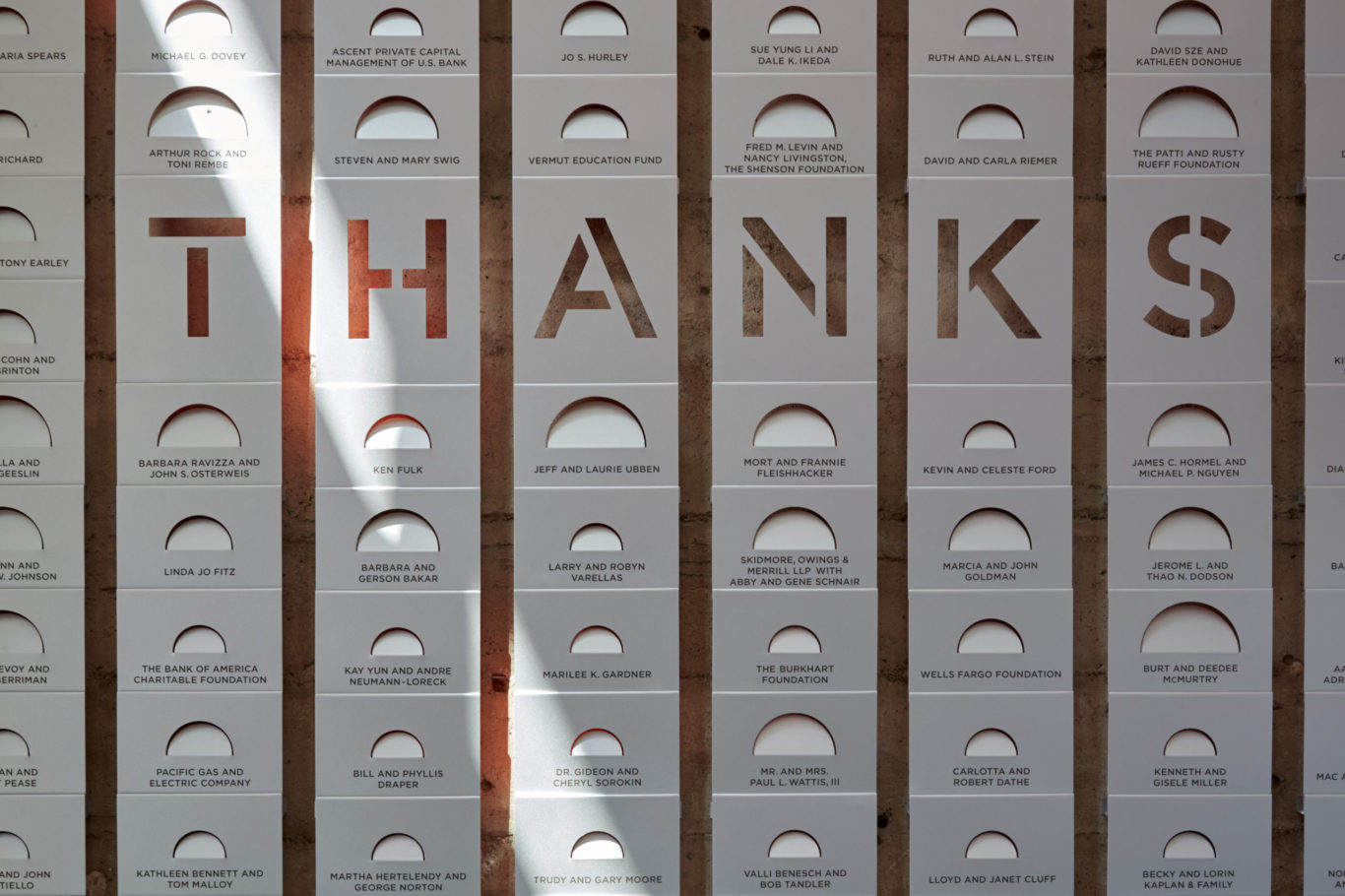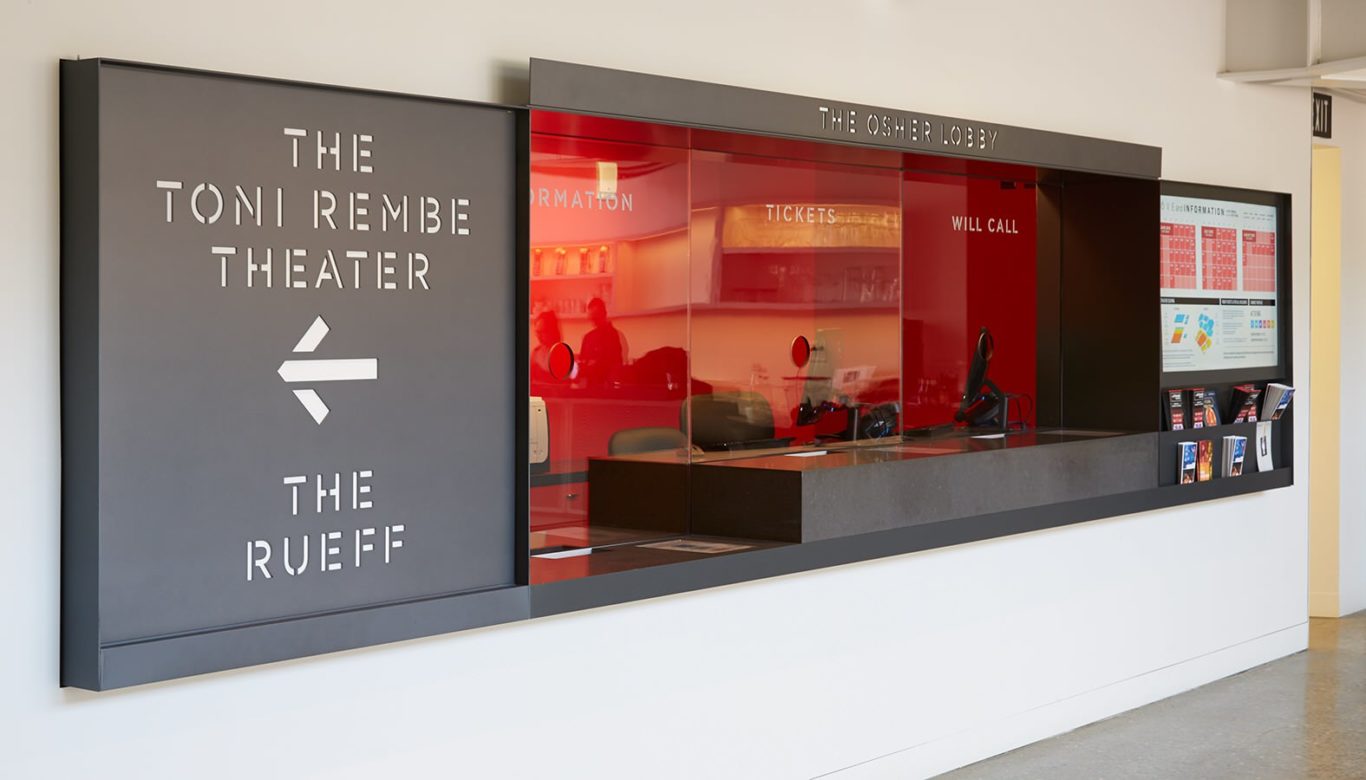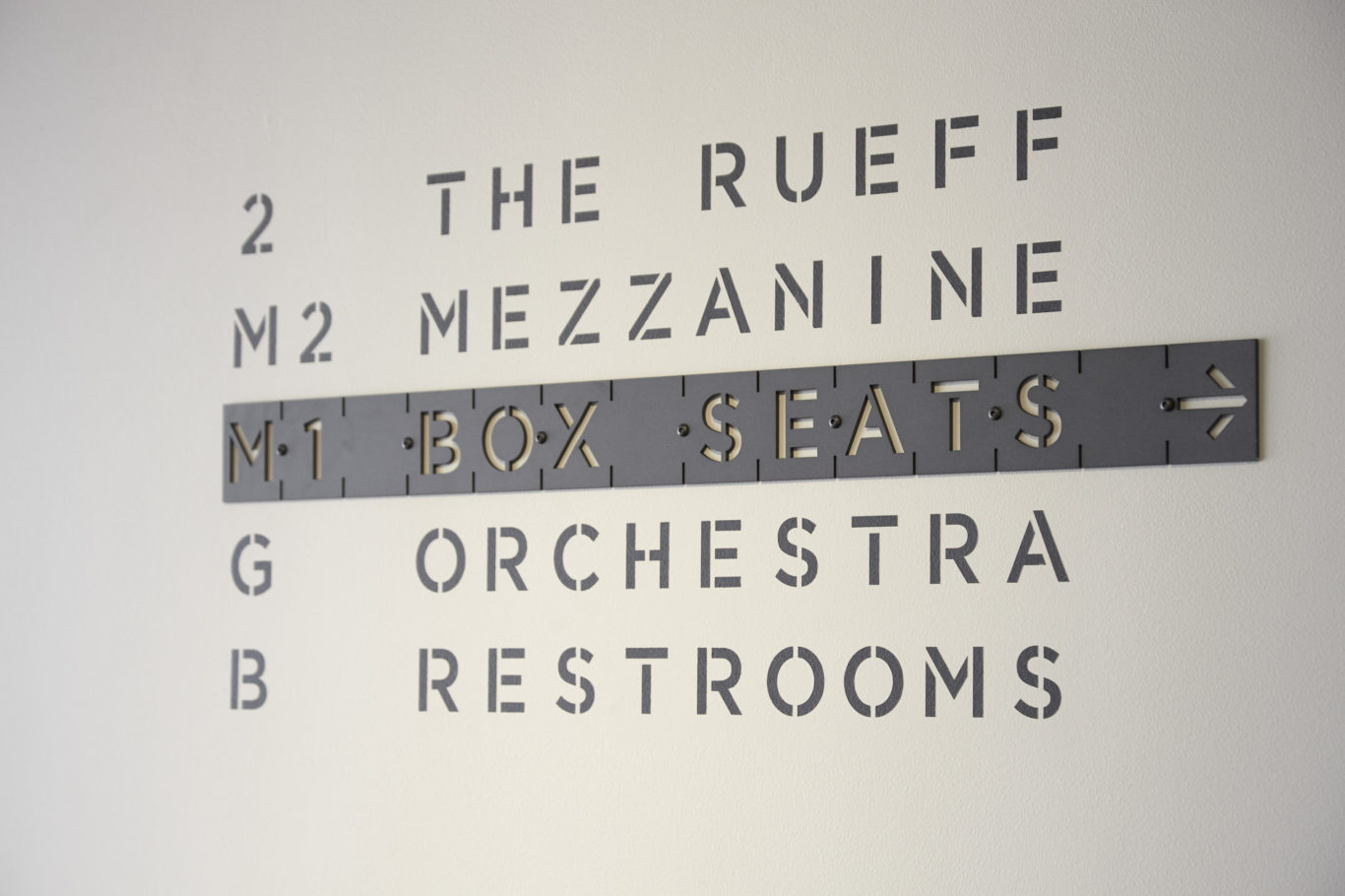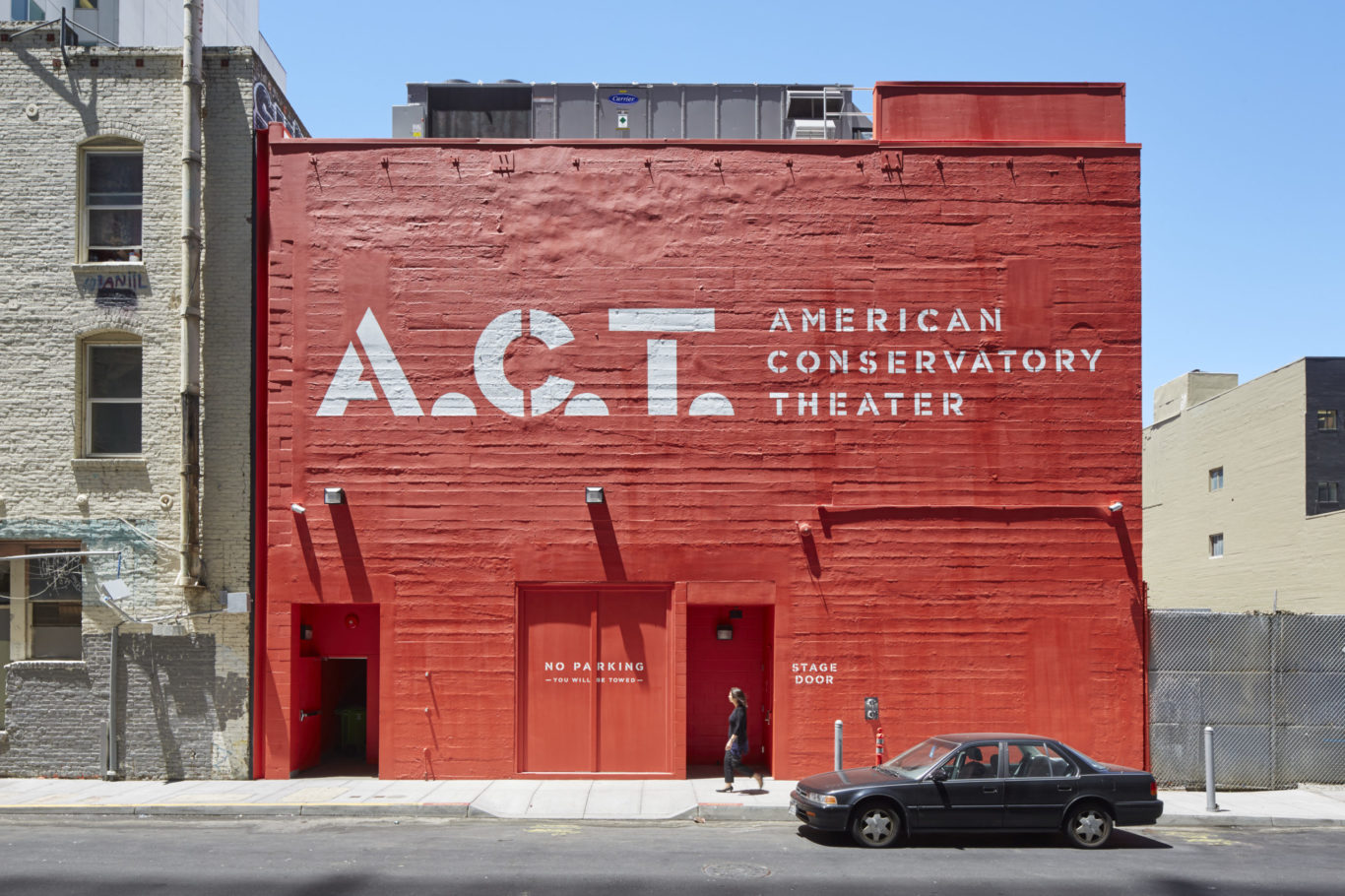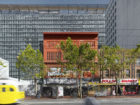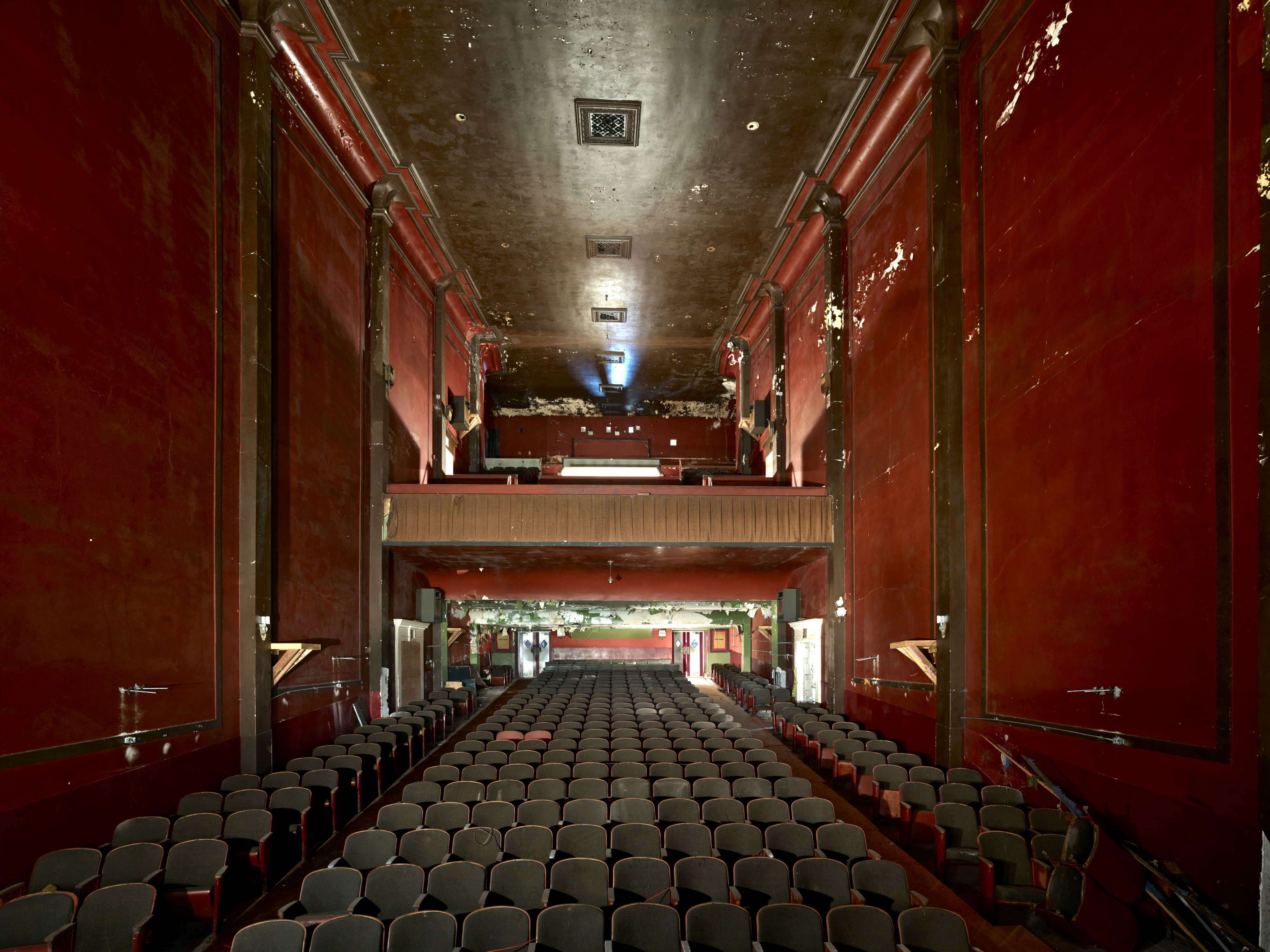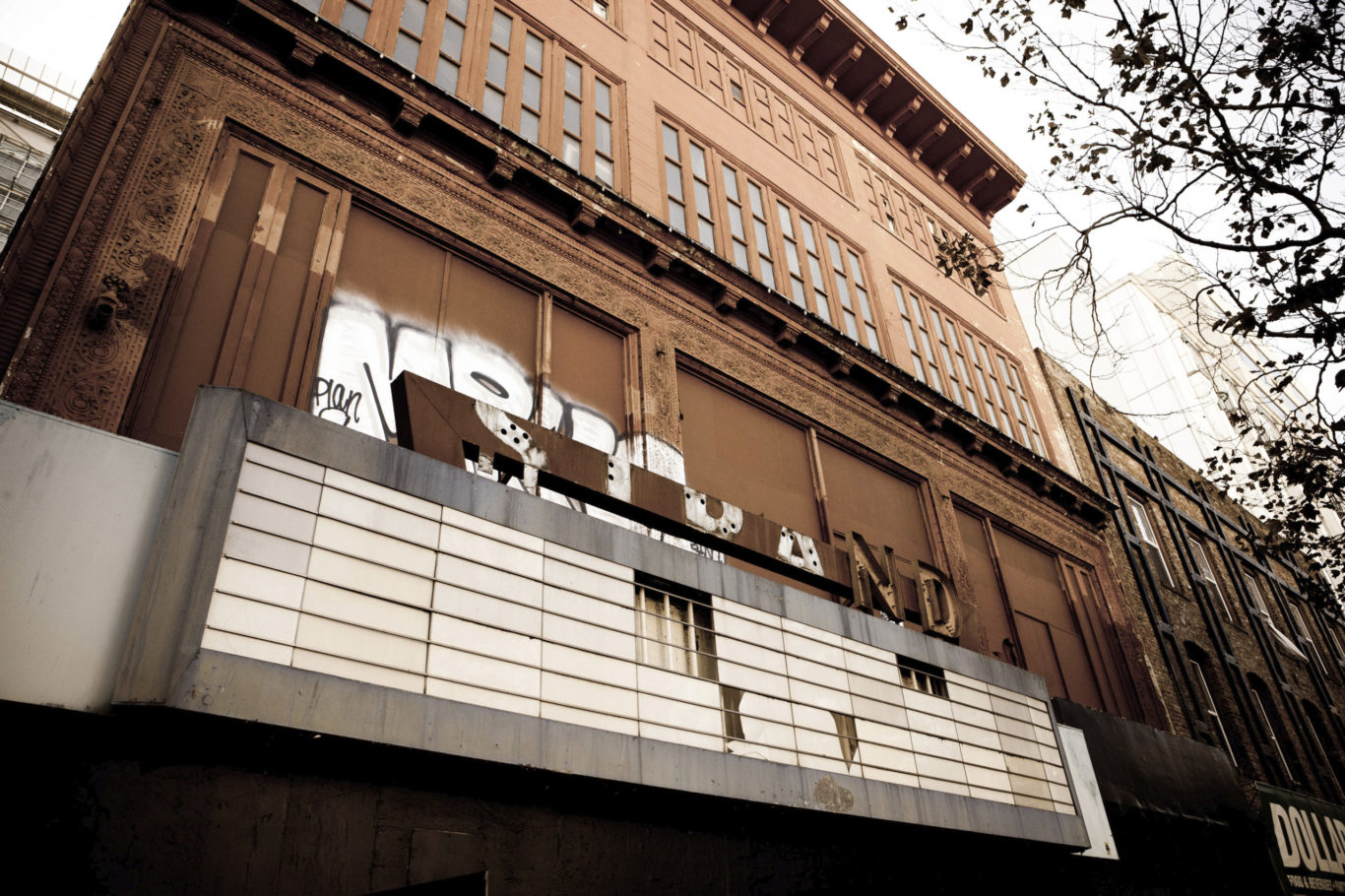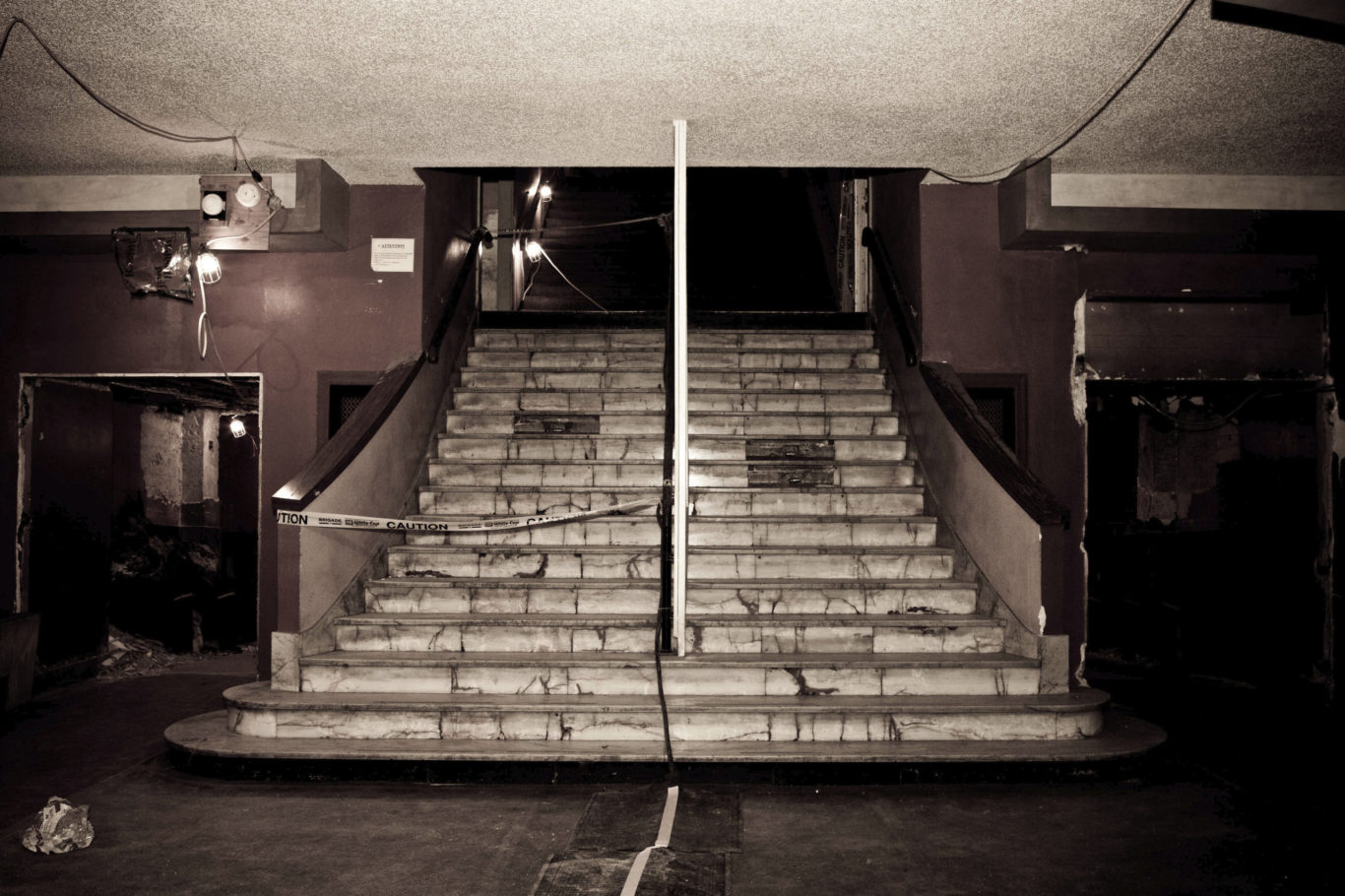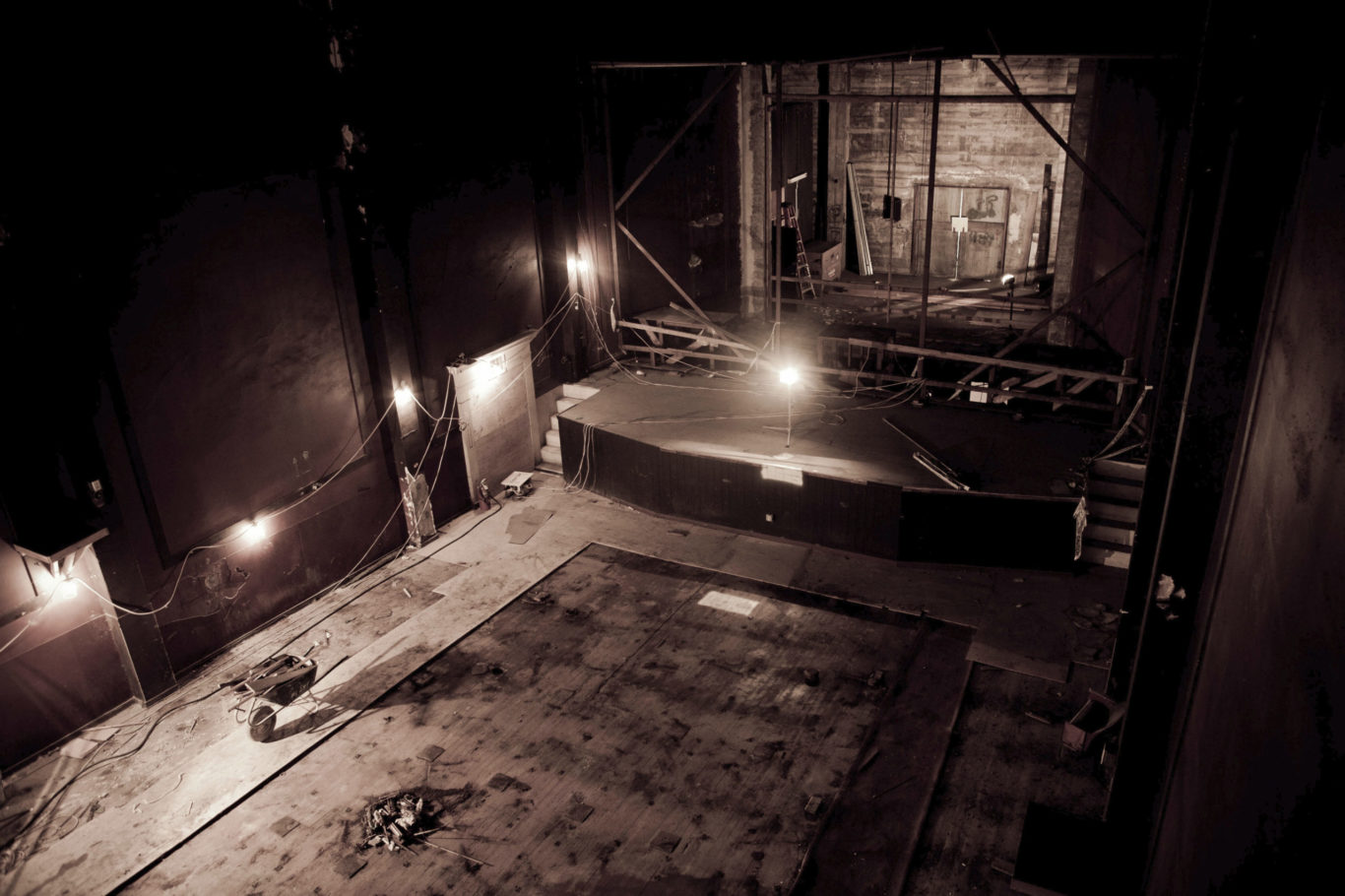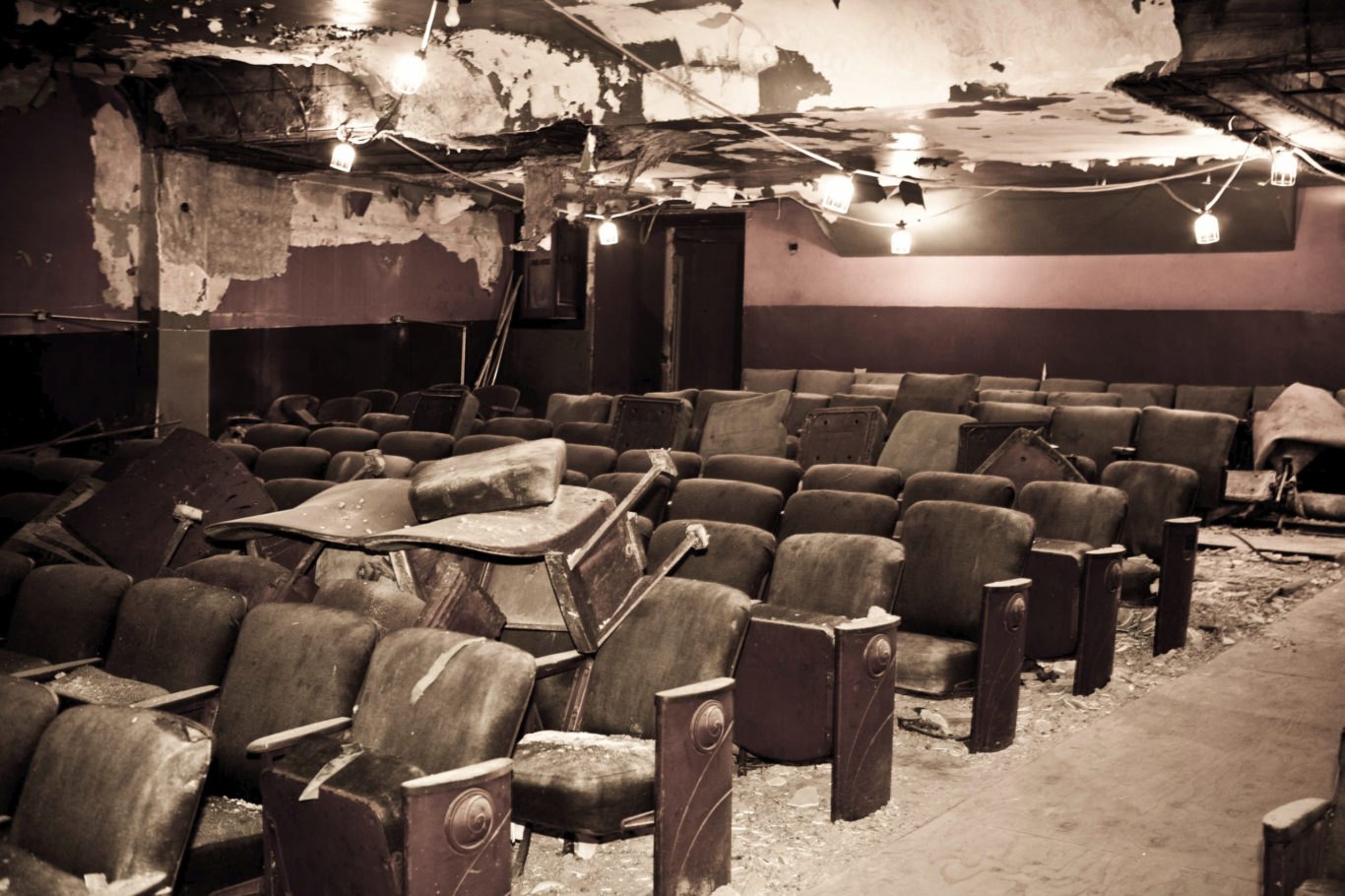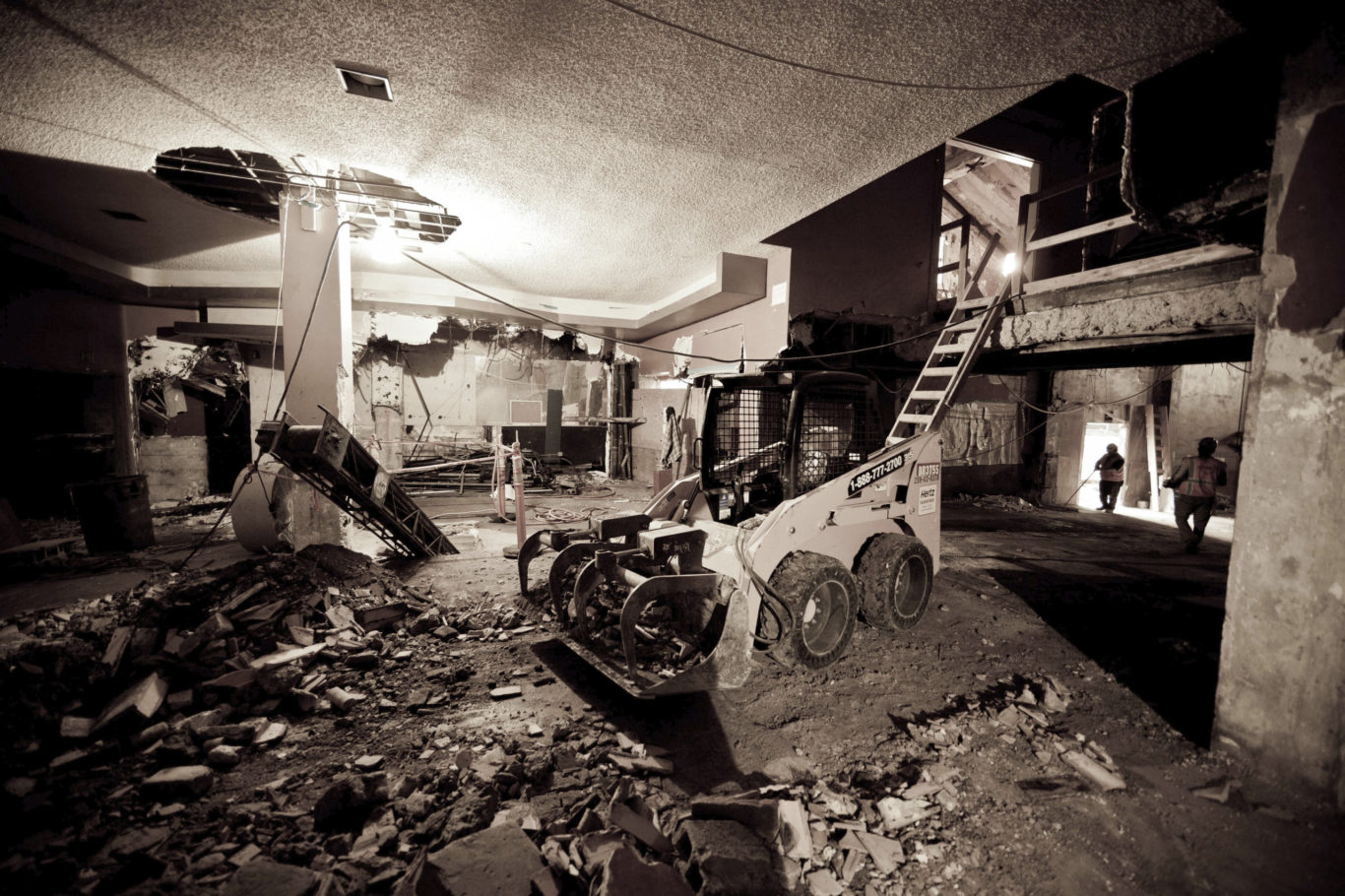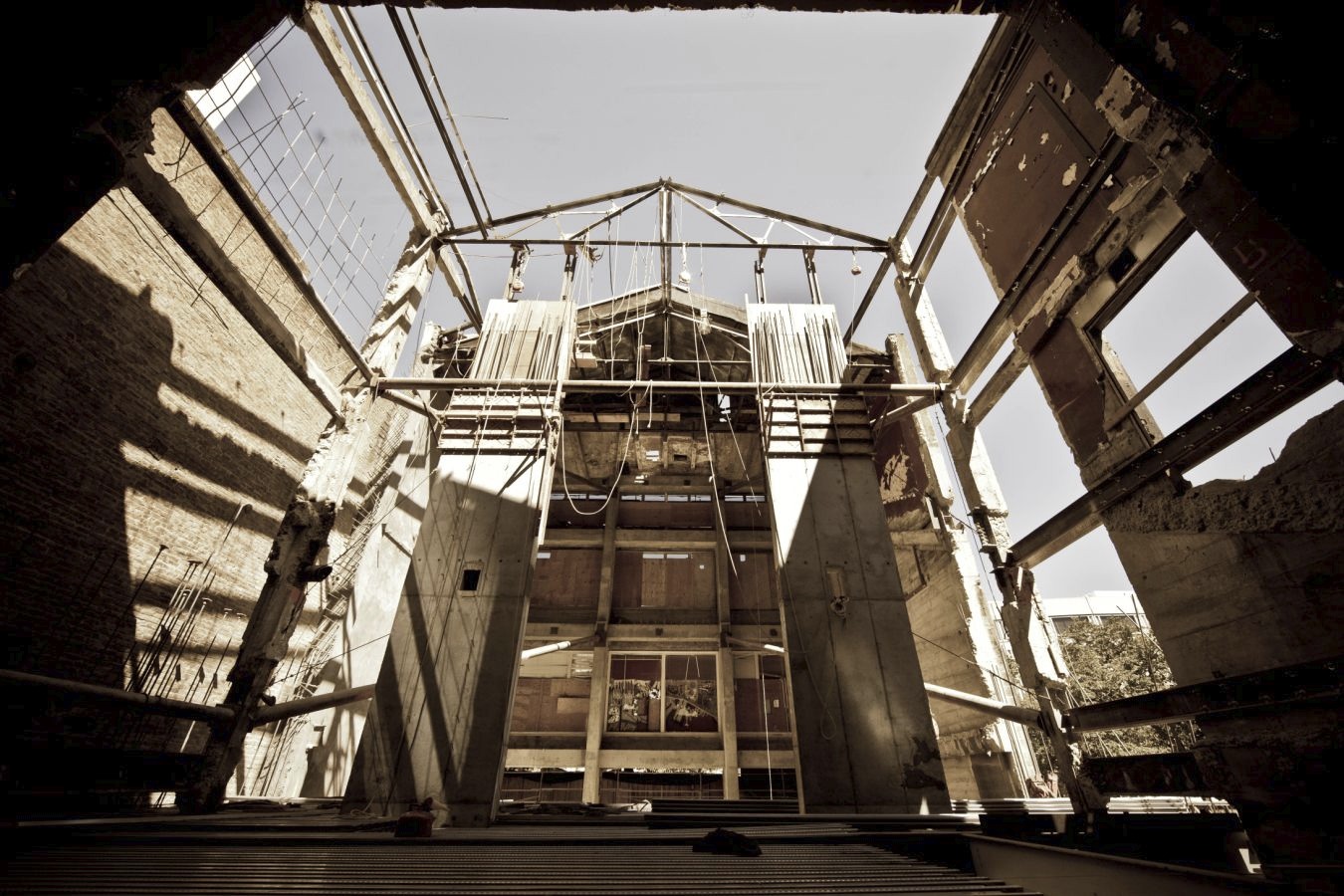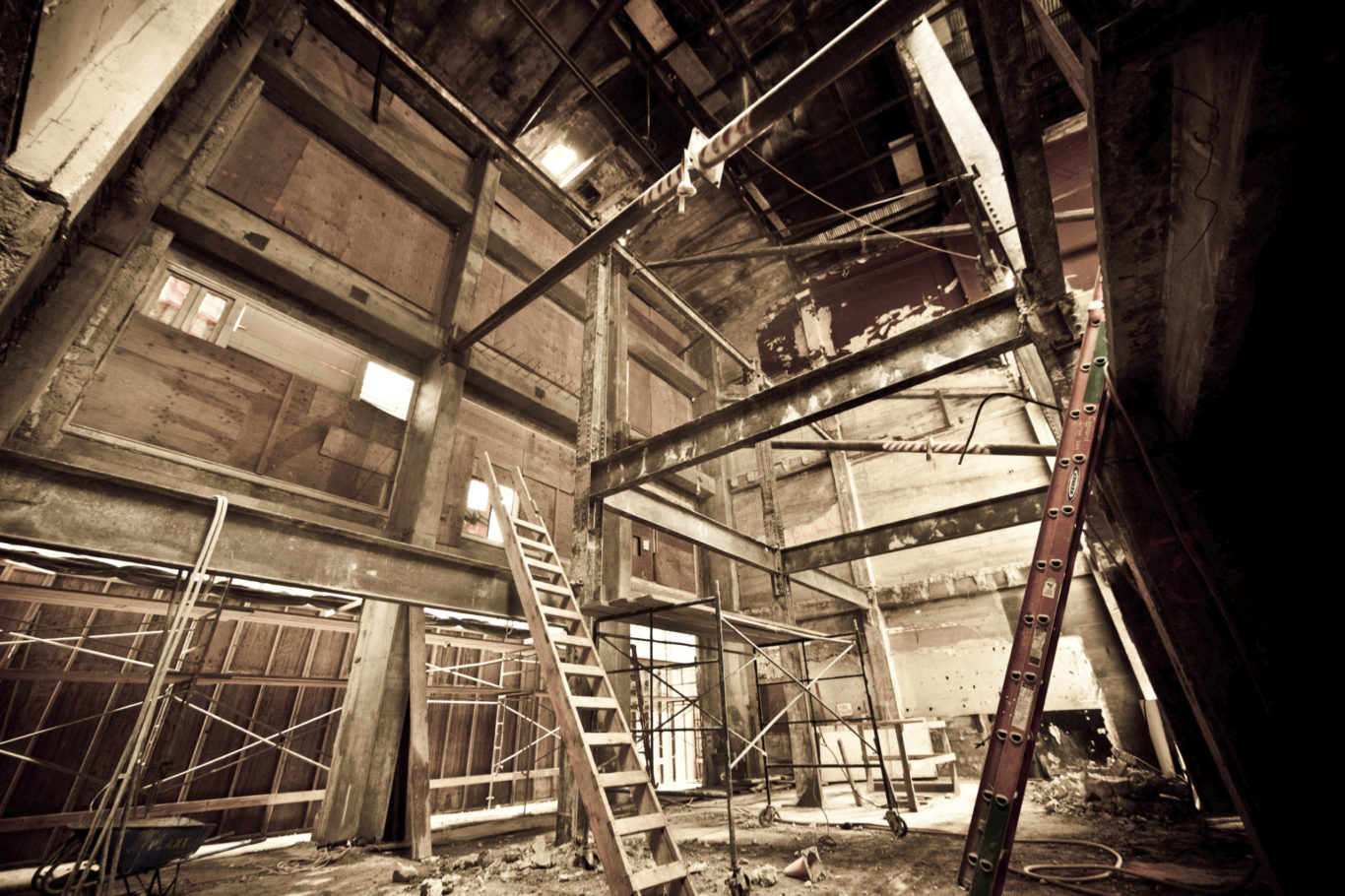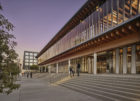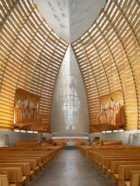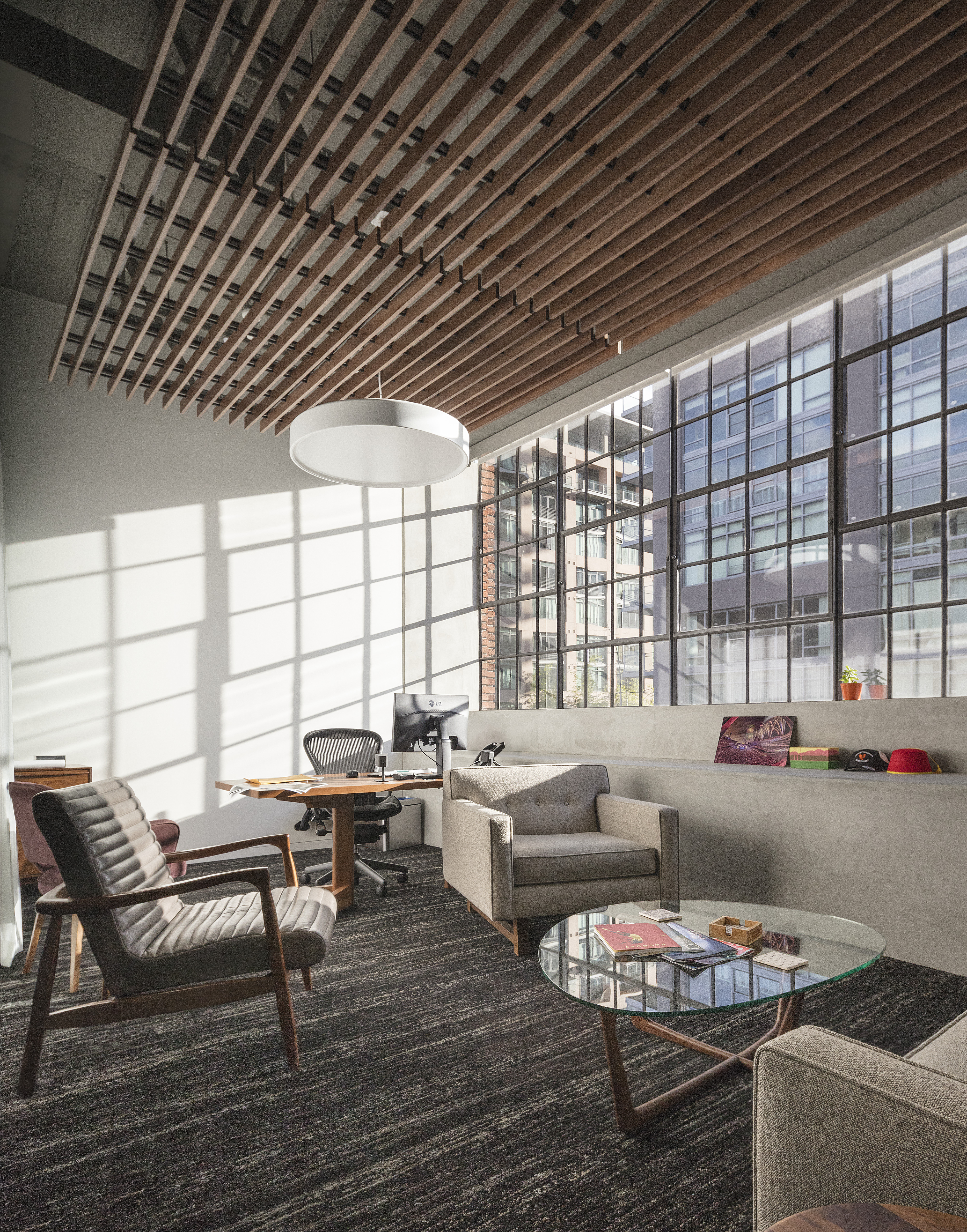Anchoring a neighborhood’s transformation
The SOM-led renovation of the Strand Theater revitalizes a 100-year-old movie theater on San Francisco’s Market Street to provide a highly visible performance space for the city’s preeminent theater company, American Conservatory Theater (A.C.T.). The redefined theater incorporates educational facilities, a new 282-seat theater, a 120-seat black box theater and rehearsal space, stage support, a public lobby, and a café. These new elements are inserted within the shell of the former 800-seat cinema, overlaying essential modern theater elements on top of the raw backdrop of the original building.
The design creates an inspiring civic presence by opening the lobby and facade to the street and sidewalk, energizing both the building and the surrounding neighborhood, and representing a key component to the regeneration of this once vital part of the city. The Strand Theater is strategically located between the city’s booming retail district and Civic Center, in the midst of tech companies and residential developments that have begun to transform the neighborhood.







